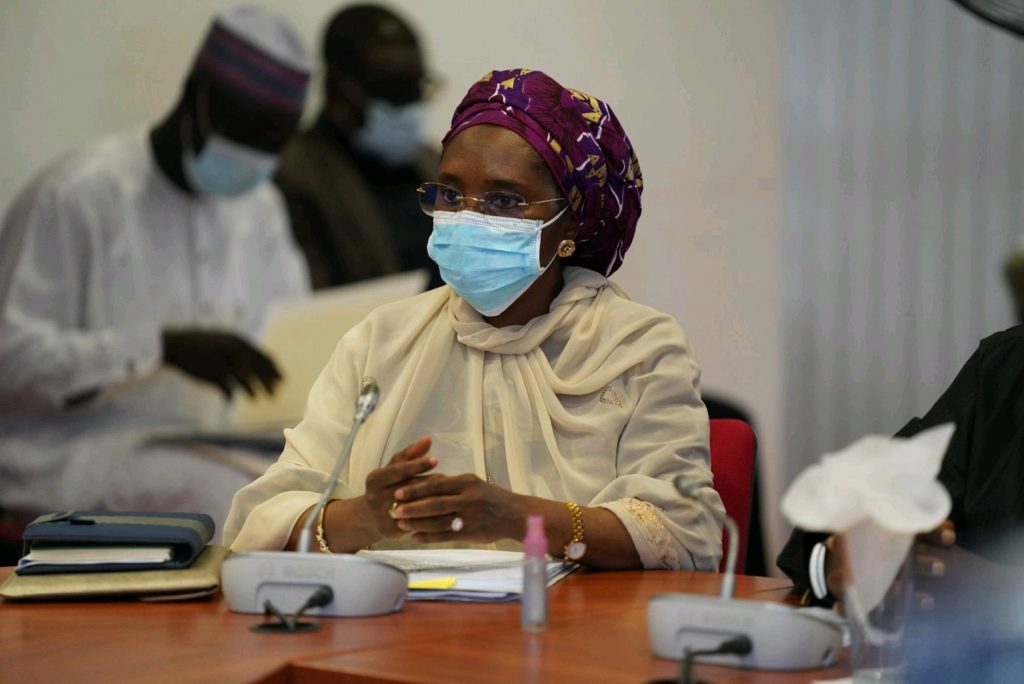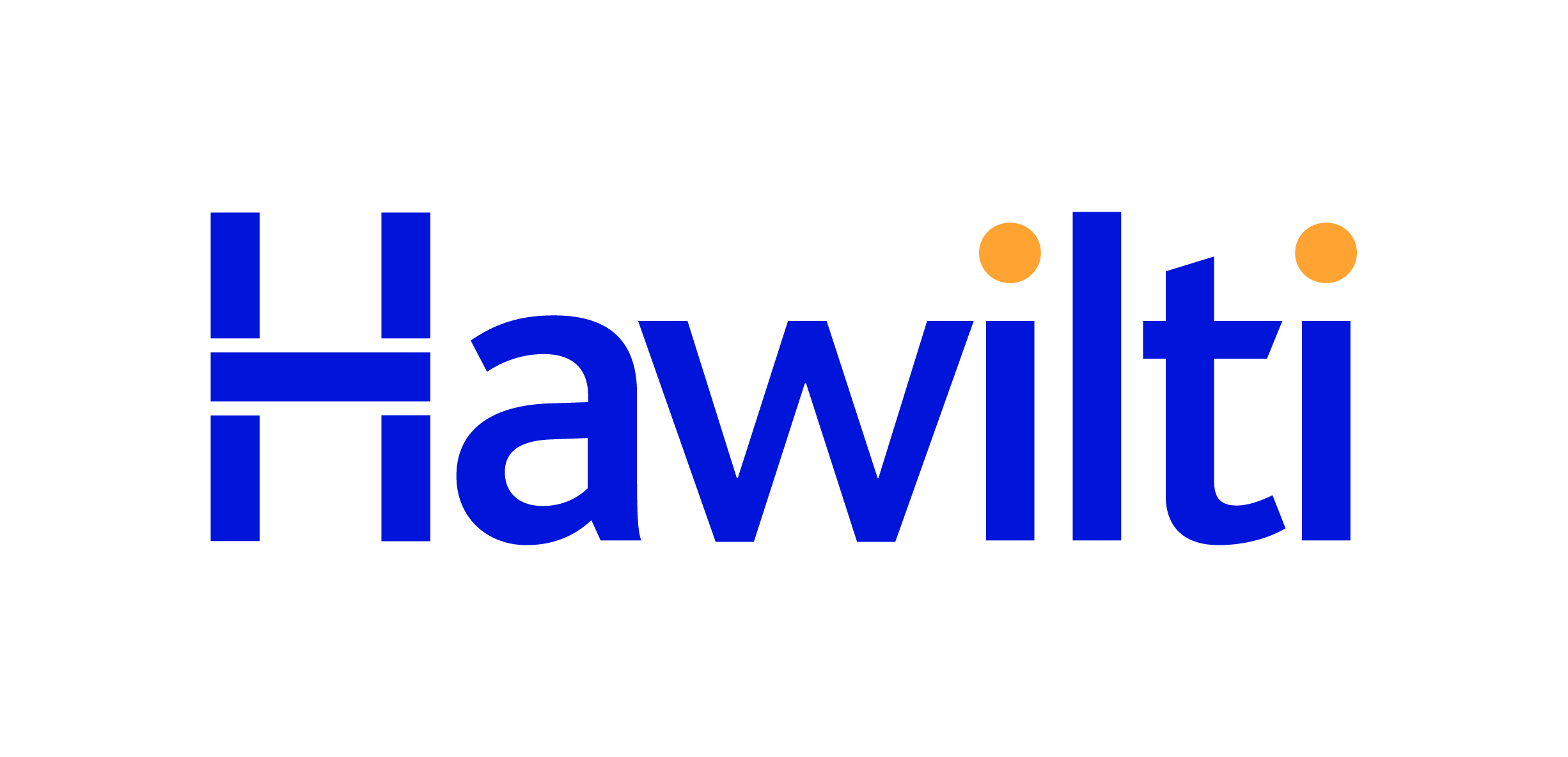Eurobonds

Nigeria has closed Africa’s biggest Eurobond’s issuance this year, and might raise more
Earlier this week, Nigeria successfully issued three tranches of Eurobonds on the international capital markets, its first such operation since November 2018. While the country had planned to raise between $3bn and $6.2bn, the order book peaked at a whopping $12.2bn, enabling the government to settle for a healthy $4bn from foreign investors. The issuance successfully attracted bids from Europe, the Americas and Asia and was also open to domestic investors. Nigeria now has an extra $4bn split into three tranches: a 7-year tenor Eurobond at 6.125% for $1.25bn, another 12-year tenor Eurobond at 7.375% for $1.5bn and finally a 30-year tenor Eurobond at 8.25% for $1.25bn. While the rates secured by Nigeria are not as attractive as some of its neighbours (Côte d’Ivoire and Benin recently closed Eurobonds issuances at only 4.3% and 4.875%), the operation certainly confirm investors’ appetite for Nigerian debt. Nigeria is rated B2 (negative) by Moody’s, B- (Stable) by S&P and B (Stable) by Fitch. The country is in the middle of a historic foreign exchange and currency crisis, so the influx of additional dollars is expected to help its central bank provide much-needed foreign exchange to the economy. While the proceeds from the Eurobonds are to be used to partly finance the 2021 deficit, an inflow of foreign exchange is also good to increase external reserves and help support the Naira’s exchange rate. The country’s external liquid reserves have been back above the $35bn threshold since mid-September, a level not achieved since last February. While Nigeria has struggled to increase oil production, strong commodity prices still helped the country’s oil exports revenue hit a 3-year high in Q2 2021. Nigeria’s oil & gas exports currently represent 89% of the country’s total export revenues including 80% of crude oil and 8.5% for LNG. The country now has the option of selling more debt: its issuance confirmed the willingness of investors to provide capital and possibly reach the maximum target of $6.2bn Nigeria had set. In an emailed response to Bloomberg this week, Debt Management Office Director General Patience Oniha said Nigeria might seek to raise the full $6.2bn from Eurobonds if the tenors and pricing are good.
Read more »
In 6 Months, Benin Has Raised Over 10% of its GDP in Eurobonds
In January, Benin had kicked off Africa’s financial year with a historic €1bn Eurobond issuance split in two tranches. In July, it continued to tap global capital markets and became Africa’s first nation to issue an SDG-link Eurobond that raised another €500m. In total, the small country of 12m people, often overshadowed by its big neighbour Nigeria, managed to raise a historic €1.5bn, representing over 10% of its GDP. A Well Executed Fundraising Programme At the start of the year, Benin already made headlines with its double issuance of €700m (11-year tenor) and €300m (31-year tenor), which it raised at rates of only 4.875% and 6.875% respectively. Both issuances were massively oversubscribed by 300% and mobilized a total of €3bn, demonstrating significant appetite from global investors for Africa’s debt, even that of smaller and often under-estimated nations. While smaller, the €500m issuance of July is nonetheless historic because it represents Africa’s first Eurobond dedicated to the financing of projects linked to the Sustainable Development Goals (SDGs). Once again, it was massively oversubscribed and mobilized a total of €1.2bn. The bond has a very good rate of 5.25% and a tenor of 12.5 years. Benin Builds Investors’ Confidence Shortly after the January issuance, Fitch Ratings revised the outlook on Benin’s long-term foreign-currency Issuer Default Rating (IDR) from stable to positive and affirmed the IDR at ‘B’. Moody’s Investor Service followed in March by upgrading the Government of Benin’s long-term issuer and senior unsecured debt ratings from B2 to B1. Both upgrades were made on the back of strong fiscal consolidation track record, recognized efforts in debt restructuring and rising economic resilience. Benin remains one of Africa’s fastest-growing economies with GDP growth projected at 5% by the IMF this year, and at 5.6% by Fitch Ratings. The medium-term growth prospects are event better with a projected GDP growth rate of over 6% a year over the 2022-2026 period (IMF). What are the Pitfalls? Benin’s latest issuance shows a growing recognition of the benefits of sustainable borrowing from African governments. While Nigeria had been the first African market to issue a sovereign green bond back in 2017, no African nation had yet issued an SDG-link Eurobond. But overall, the country’s Eurobond borrowing strategy also reflects Africa’s growing appetite for external and foreign-currency debt, supported by interest rates often more attractive than on the domestic market. While several countries have seen the debt-to-GDP ratios soar in recent years, Benin’s outstanding public debt is only at about 46.1% of GDP according to 2020 data from the African Development Bank (AfDB). It is expected to average 40.9% of GDP over 2021–22, well below the 70% threshold set by the West African Economic and Monetary Union. As a result, the risk of debt distress remains moderate in the short-term, providing Benin continues to strengthen its domestic resources mobilization, broaden its tax base and diversify its sources of revenue. African markets have raised a significant amount of foreign-currency debt this year. Beside Benin, Côte d’Ivoire notably issued a €850m Eurobond in February (4.3%, 12-year) while Kenya raised $1bn in June by issuing a 12-year Eurobond at 6.3%. All these issuances were massively oversubscribed, further signaling investors’ confidence in the continent’s growth prospects. The last few months of the year will tell if other countries are able to surf on the same wave or not: on October 11th, Nigeria is notably tapping global markets with a Eurobond issuance expected to raise up to $3bn.
Read more »